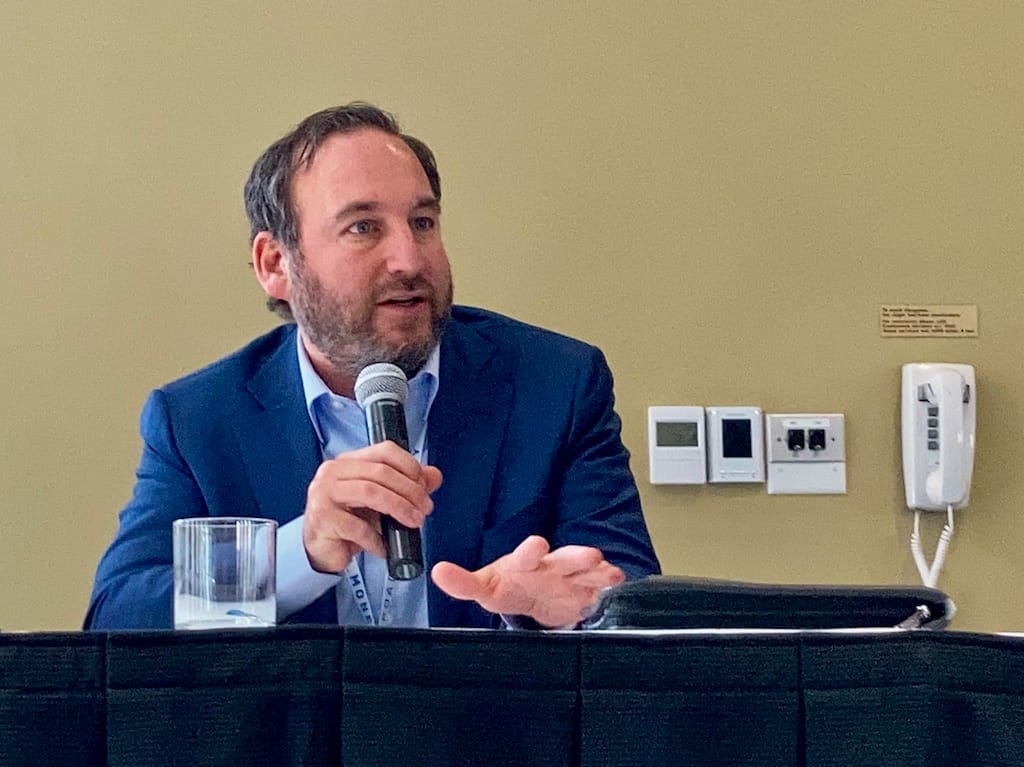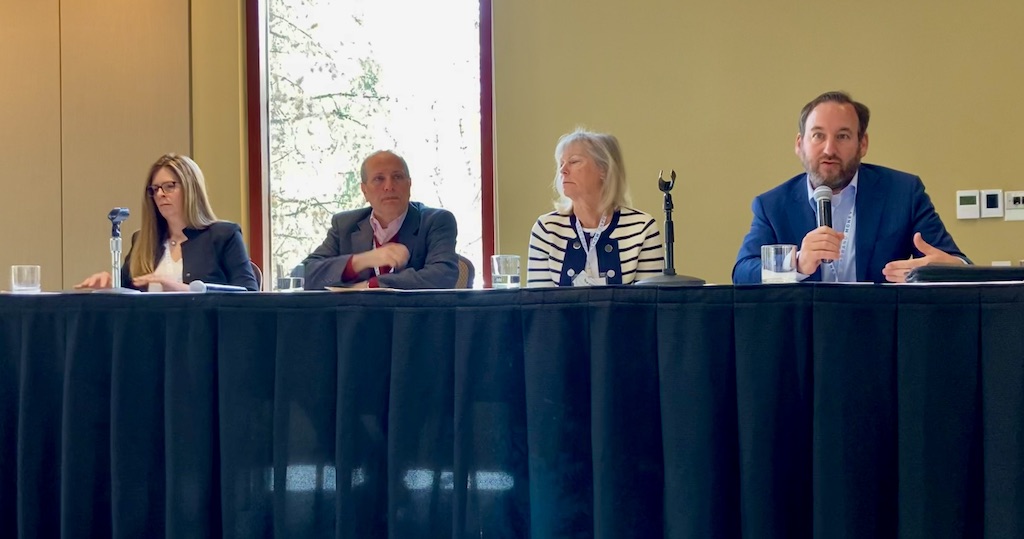Demanding Requirements on NTIA’s BEAD Program May Depress Broadband Participation
What are the downsides of having too many grant requirements?
Jericho Casper

KEYSTONE, Colo., June 7, 2022 – Panelists at the Mountain Connect 2022 conference in May warned against putting too many onerous conditions on prospective recipients of billions in federal infrastructure money, arguing some provisions will require further discussion or potential modification or else it will discourage applications.
Industry observers at the conference who studied the notices of funding opportunity for the $42.5-billion Broadband, Equity, Access and Deployment Program, which was released by the National Telecommunications and Information Administration on May 13, argued that money from the program contains too many strings attached, including environmental, tax and rate regulation implications, for it to be fully viable as an option for service providers.
Steven Coran, chair of law firm Lerman Senter’s broadband, spectrum, utilities and communications infrastructure practice group, said BEAD applicants need to consider the tax implications of the program, as well as the reimbursement structure of the program. In addition, Coran said that planet resilience provisions, including environmental preservation studies, are additional expenses grant recipients should account for.
BEAD applicants need to similarly understand the labor standards required by the NOFO, added Valerie Wimer, vice president of business development at telecom consulting company JSI, because those provisions will also drive-up costs, especially with the current labor market.
“I think that putting too many onerous conditions on recipients is actually not in the public’s interest, and states and NTIA should really take this into account,” said Ross Lieberman, senior vice president of government affairs for cable industry group ACA Connects.

“First, it can depress participation in the program, so you end up having a less competitive grant program. Second, the providers are going to internalize these costs, and it will result in them asking for more money, resulting in less money available to reach the un- and under- served. Finally, providers could end up being in a situation where they are more likely to default after the fact, because they couldn’t properly anticipate what these conditions could mean for a network 20 years in the future.”
Julie Darrington, vice president of consulting at Vantage Point Solutions, added that, “There are significant impacts when you start layering on all of the different costs.
“When you think about the matching requirement, the taxable income, add in letter-of-credit costs, prevailing wages…When you start looking at all those pieces and parts it really impacts the financials,” she said. “From a financial feasibility standpoint, I’m concerned that the profitability and the long-term sustainability of [BEAD funded] networks are going to be tough in many cases, especially in rural areas.”
Concerns expressed about broadband rate regulation
Provisions in the BEAD NOFO require the inclusion of a low-cost broadband option. Some industry groups fear that might lead to regulation of broadband rates.
Yet Lieberman said the NTIA has yet to prescribe how states should rank, or evaluate, applicants based on these requirements.
“I haven’t seen any kind of deployment program with this level of rate regulation,” Lieberman told the audience, largely made up of municipal leaders and representatives of service providers. “This is an area that is not as well defined in the rules yet, and so we’re going to be watching to see how the NTIA and states end up dealing with this.”
Lieberman maintained that BEAD applicants need to consider the revenue that they will be able to generate from their proposed networks, to then determine what they are going to bid for, in order to be able to sustain the network for the life of the program. BEAD applicants first have to consider the cost to deploy a network, but they must then consider the slew of additional costs necessary to comply with grant requirements.
There is some discussion in the BEAD NOFO about the potential for multiple rounds of state funding. The panelists explained that as the grant process gets underway, the rules may ease up, but that shift cannot be expected for at least two to three years.










Member discussion